Simple ICT environment information system that can be used by persons with little experience in agriculture such as new farmers
The Kyoto Prefectural Agriculture, Forestry and Fisheries Technology Center has established technology that allows even novice farmers and other persons with little farming experience to utilize easy-to-use information and communication technology (ICT) environmental information systems to produce brand vegetables such as peppers and carrots. This system is a combination of a device that accurately measures temperature and humidity and a commercially available data logger (recording storage device) with a communication function; it adjusts the environment in the greenhouse to achieve stable yield increase and reduce manpower. It is expected to become widespread in the future as an advanced initiative that can realize yields equivalent to those of skilled farmers in small and medium-sized simple facilities.
Kyoto manganji pepper yield increased by 70%
Manganji peppers (Fig.1), known as brand Kyoto vegetables, are popular among novice growers. However, it is not easy for inexperienced new farmers to control the temperature and soil moisture inside the greenhouse, which tends to reduce the quality and yield. Growers generally adjust the temperature by opening and closing the vinyl sheet on the side windows of the greenhouse, but if the temperature is too high during the day, the leaves will turn dark brown, and if the temperature is too low at night, the growth will be slow.
The Kyoto Prefectural Agriculture, Forestry and Fisheries Technology Center installed an ICT environmental information system (Fig.2) so that producers can view measurement data on their smartphones and manage cultivation with reference to the data of skilled farmers with high yields, saving manpower, and conducted a study to examine if it was possible to achieve an increase in yield. As a result, it was found that the yield of hot peppers is stable when the temperature in the greenhouse is in the range of 15 to 35 degrees. Even novice farmers can manage cultivation on par with experienced farmers by adjusting the temperature and humidity by opening and closing the side windows while viewing the real-time measurement data.
The center also conducted an test regarding introduction of an automatic watering control device linked to the values of a soil moisture sensor. As a result, sales of the high-quality "outstanding" class increased by approximately 9%. By simultaneously introducing temperature control technology based on measurement data and an automatic irrigation system in this way, even novices could produce about 3.7 tons per 10a, an increase of about 70% in comparison with before the introduction. Even after deducting the equipment introduction cost (130,000 yen per 10a), income increased by about 340,000 yen per 10a. Growers noted benefits such as being able to check the temperature even when away, and being able to ask family members to open and close the greenhouse. Tetsuyuki Takemoto, senior researcher at the center who led the test, has hopes for widespread use, stating, "The effects of being able to obtain information such as temperature, solar radiation, and soil moisture at low cost are significant. Once you try it, you will come up with many ideas for how to use it."
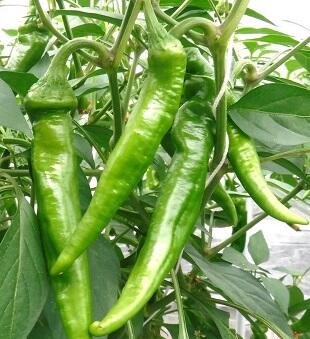 |
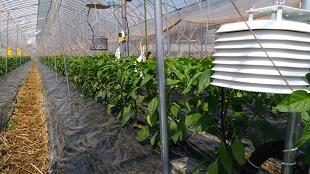 Fig.2 Manganji pepper with simple ICT equipment installed (Provided by Kyoto Prefectural Agriculture, Forestry and Fisheries Technology Center) |
| Fig.1 Manganji pepper (Provided by Kyoto Prefectural Agriculture, Forestry and Fisheries Technology Center) |
Sales of Tokushima spring-summer carrots also increased
Even in Tokushima Prefecture, which is one of the leading carrot-producing areas in Japan, it is difficult to control the temperature suitable for growing as in the case of manganji pepper. In the low-brace greenhouse cultivation of spring-summer carrots (Fig.3), growers would make holes in the film and control the temperature according to the season, but there is a tendency to rely on experience and the calendar, and therefore many producers experienced unstable yields.
Therefore, the Tokushima Agriculture, Forestry and Fisheries Technology Support Center introduced an ICT environment information system (Fig.4) and investigated the relationship between the hole opening method, the temperature inside the greenhouse, the amount of solar radiation, the strength of the wind, and the growth of carrots. The results revealed that if the holes were opened roughly three times during the cultivation period of about 4 months, the temperature tended to change rapidly. It was also found that the roots were larger and the yield increased when the holes were opened little by little in 7 steps.
The yield per 10a increased by up to 10% through the use of the ventilation support system, which provides producers with real-time hole-opening support information for appropriate hole-opening. Converting this to the average cultivated area of carrots in Tokushima Prefecture, which is about 2.5ha, this translates into an increase in sales of about 700,000 yen per household. The introduction of this system will cost about 420,000 yen, but it is estimated that it can be fully recovered in one year. The center plans to make efforts to increase the number of producers who introduce it in the future.
The Western Region Agricultural Research Center, NARO (WARC/NARO), which has been researching and developing a telemetry system using ICT equipment, has created an "accurate temperature telemetry system standard operating procedure manual for simple horticultural facilities" in order to disseminate these results (Public version, Fig.5). This can be read on the website of NARO.
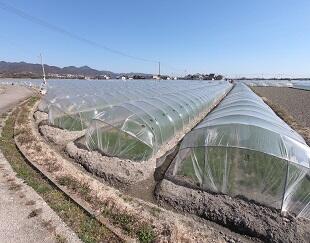 (Provided by Tokushima Agriculture, Forestry and Fisheries Technology Support Center) |
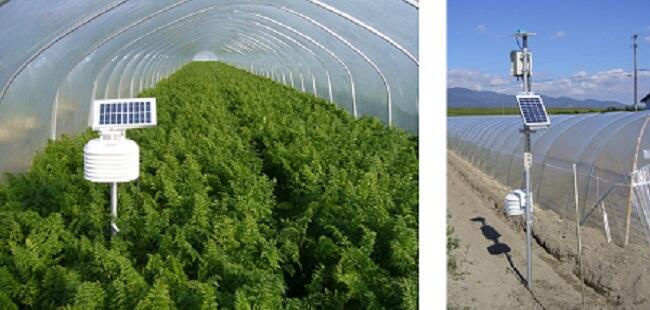 (left: temperature inside the greenhouse; right: outside temperature, etc.; provided by the Tokushima Agriculture, Forestry and Fisheries Technology Support Center) |
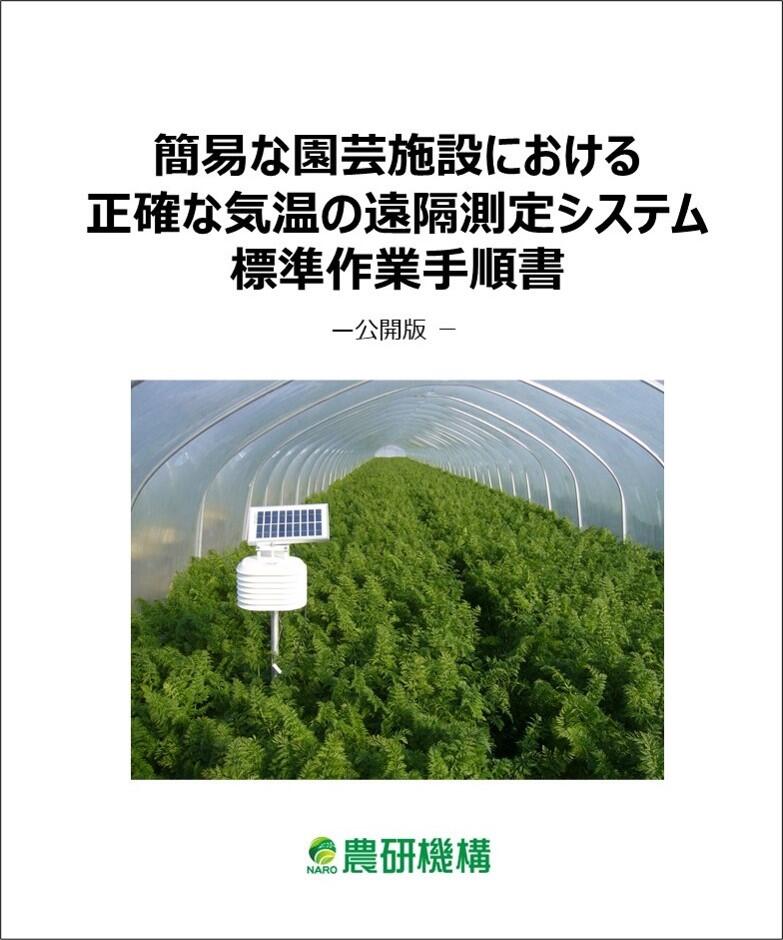 |
Project name
The special scheme project on regional developing strategy
Project period
October 2016 to September 2019
Title
Strengthening of local brand vegetable production areas by using an ICT system for simple facilities
Leading research institutes
Kyoto Prefectural Agriculture, Forestry and Fisheries Technology Center, Tokushima Agriculture, Forestry and Fisheries Technology Support Center, Western Region Agricultural Research Center, NARO (WARC/NARO)
